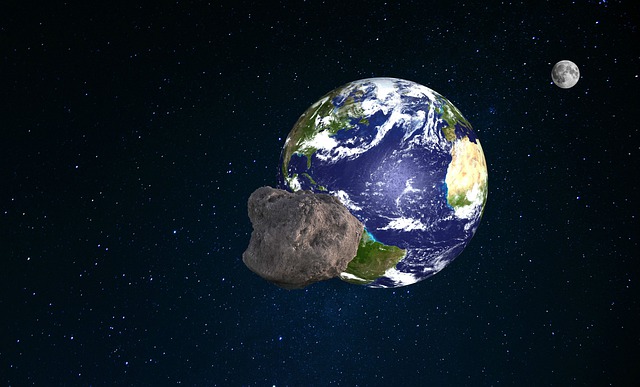NASA spent a week studying what would happen if a giant asteroid crashed into Earth. Conclusion: As it is now, disaster would be inevitable.
Currently, there is no technology that could stop an asteroid from wiping North Africa and Europe off the map. Simulations from NASA prove this. Even with six months of preparation, we couldn’t prevent it.

That hypothetical scenario was tested at a United Nations planetary defense conference. It proves that countries are completely unprepared for these kinds of disasters. The participants agree: “If we were confronted with the scenario in real life, we would not be able to launch a spacecraft in such a short time with the current possibilities.”
The only option we would have in such a situation is to evacuate the area. Still, that would be difficult, as the affected zone encompassed large parts of North Africa and Europe. The exercises are held to see what we can do in the future to be prepared.
SpaceX chief Elon Musk claims that the lack of a solution is “one of the many reasons we need larger and more advanced rockets.”
SpaceX recently won a contract with NASA to develop a new spacecraft, which will be built to transport people and cargo across the solar system. In conjunction with its Super Heavy Rocket Booster, SpaceX claims the new craft will be the world’s most powerful launch vehicle ever.
In theory, it could be used to aid in missions to redirect the path of an asteroid coming to Earth.
NASA is already working on asteroid deflection technology and is planning to launch the first test mission of its Double Asteroid Redirection Test (DART) system in late 2021, when it would reach the asteroid Dimorphos in the fall of 2022.
DART will attempt to orbit the asteroid and hopefully prove that such a strategy could work on dangerous objects heading towards Earth in the future.
NASA is currently tracking 25,000 of those objects. There are about 30 new discoveries every week.
